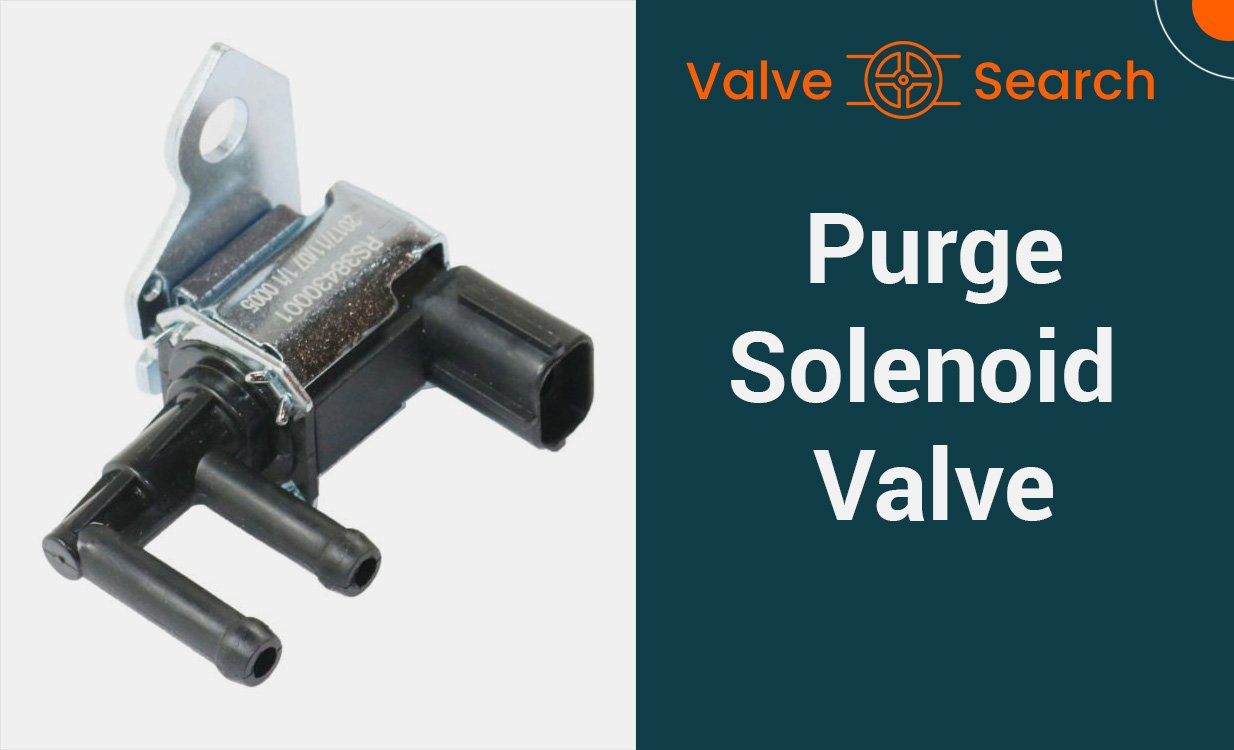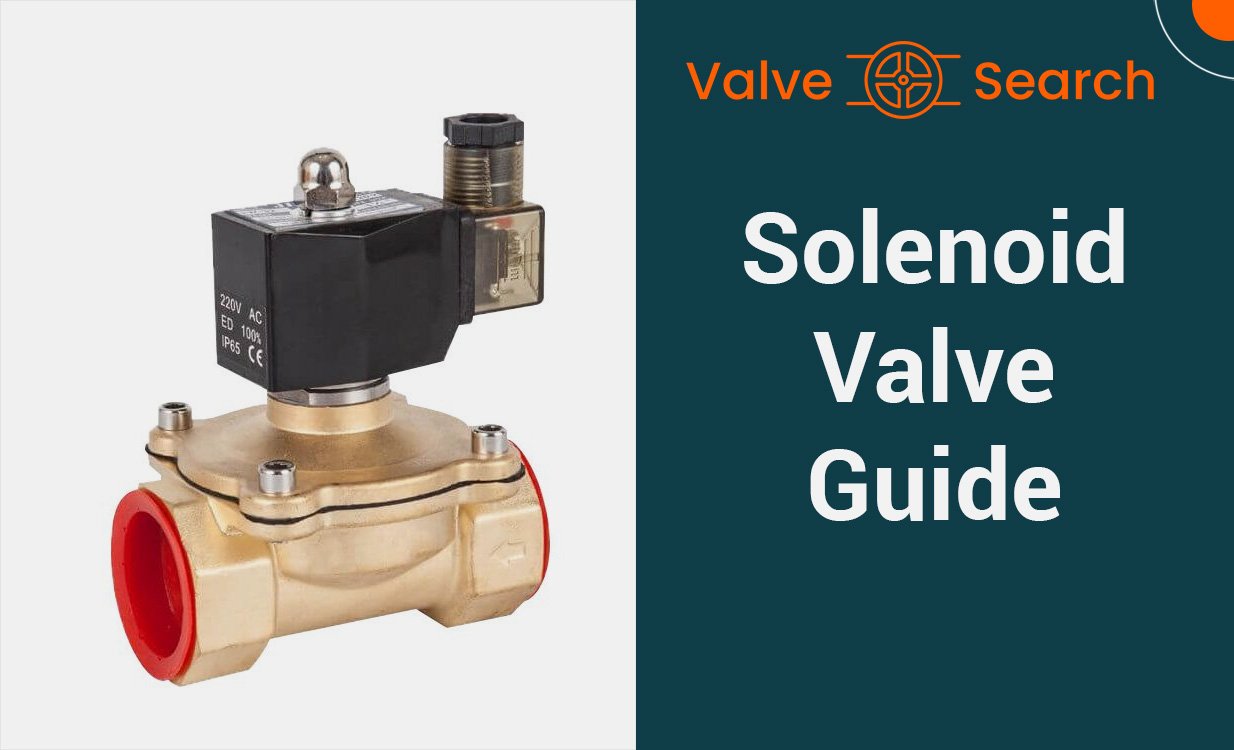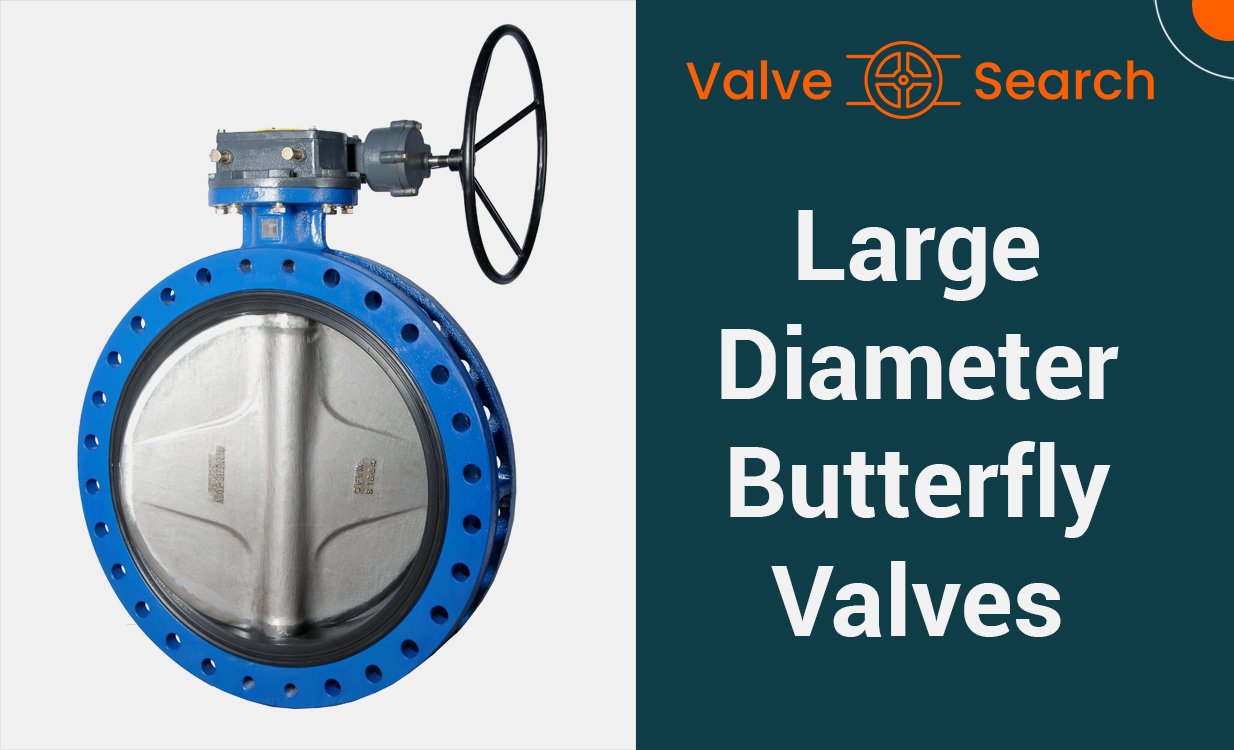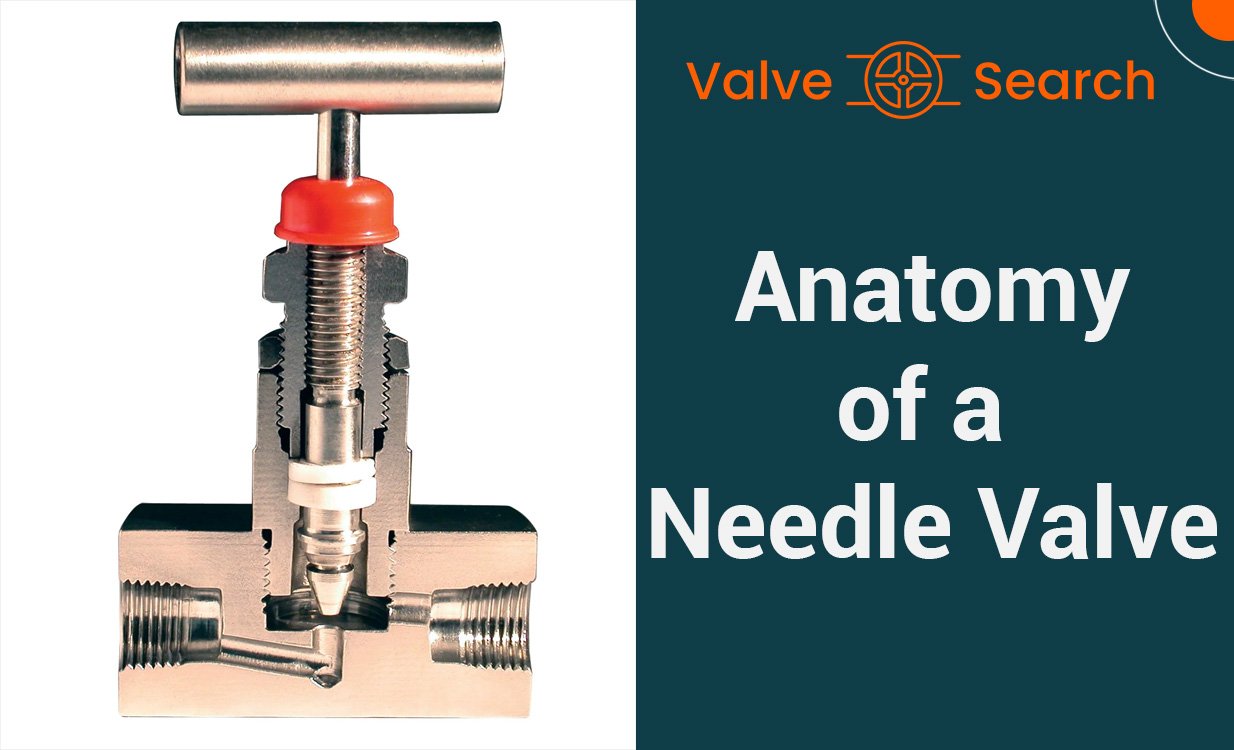Blow Off Valve Explained: What You Need to Know

Introduction
When it comes to enhancing the performance of your turbocharged vehicle, there are many elements that come into play. One such critical component, often overlooked, is the blow off valve. Understanding this piece of hardware can help you keep your engine running smoothly and efficiently.
What is a Blow Off Valve?
The Blow Off Valve, frequently abbreviated as BOV, is an integral part of turbocharged engines. Its main function is to serve as a pressure release system, which is crucial in averting possible damage due to pressure or compressor surges when the throttle is suddenly closed. The BOV comes into action when there is a build-up of excess boost pressure as the throttle is released, ensuring that this does not cause harm to the turbocharger or the engine. By doing so, the BOV helps to maintain the health and longevity of your turbocharged vehicle’s engine.
The Mechanism Behind a Blow Off Valve
The operational principle of a blow off valve is relatively simple. When the throttle is engaged, the valve remains sealed, enabling the build-up of boost pressure. As the throttle is released, the valve promptly opens, venting the surplus pressure, either atmospherically or back into the intake ahead of the turbocharger.
The operational mechanism of a blow off valve involves a spring-loaded valve and a vacuum connection. Under normal conditions, when the engine is either idling or under load, the spring pressure maintains the valve in a closed state. However, when the throttle is lifted, the vacuum connection is activated and it causes the valve to open, thereby releasing the surplus pressure. This ensures a smooth pressure transition, prevents compressor surges, and protects the turbocharger and engine from potential damage.
Understanding this fundamental operation of a blow off valve is key to appreciating its role in a turbocharged engine system.
Importance of the Blow Off Valve in Protecting the Turbocharger
The critical function of the blow off valve lies in its capacity to shield the turbocharger and the engine from potential harm. This protection is rendered by mitigating the impact of excessive boost pressure which occurs when the throttle closes abruptly. In the absence of a blow off valve, this surplus pressure can cause what is known as ‘compressor surge’.
This is an adverse scenario where the pressurized air reverses its direction and rushes back into the turbocharger, causing an undesired slowdown or complete stall. This action can lead to significant deterioration over time, and in extreme cases, can cause the turbocharger to fail entirely. Therefore, the BOV is not just an accessory but an essential protective measure for the longevity and efficiency of your turbocharged engine. Its role in defending the integrity of these vital components underscores its necessity in the turbo system.
Impact of the Blow Off Valve on Engine Performance
The blow off valve’s influence extends beyond safeguarding the turbocharger and engine; it also has a significant effect on engine performance. By releasing the excess boost pressure, the blow off valve helps diminish turbo lag, the power output delay that occurs as the turbocharger reaches its operating speed.
This reduction in lag facilitates more fluid gear shifts, optimizes the power output, and enhances the overall vehicle performance. Therefore, the BOV does more than just protect; it acts as a performance enhancer, ensuring that the turbocharged vehicle operates at its optimum capacity. This performance impact underscores the importance of the blow off valve, highlighting its dual role in protection and optimization within the turbocharged engine system.
Choosing the Right Blow Off Valve for Your Vehicle
Selecting the appropriate blow off valve for your vehicle is a critical decision that significantly influences its performance. Several factors should be taken into account during this selection process. The kind of turbo system in your vehicle, the levels of boost pressure it operates under, and its specific usage context (such as regular commuting, competitive racing, or heavy-duty towing) are all important considerations.
An aptly chosen blow off valve ensures seamless power transitions and safeguards your engine and turbocharger from destructive pressure surges. Therefore, it’s strongly recommended to seek advice from a qualified professional or seasoned tuner when deciding on a BOV. They can provide expert guidance in choosing a valve that’s not only suitable for your specific needs but is also correctly set up.
In essence, knowing the vital role and significance of the blow off valve in a turbocharged engine is crucial for any individual keen on enhancing or preserving their vehicle’s performance. Remember, a wisely chosen and correctly installed blow off valve not only secures your turbocharger and engine, but also boosts your overall driving experience.













